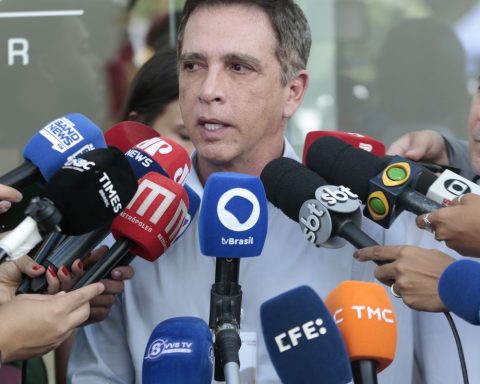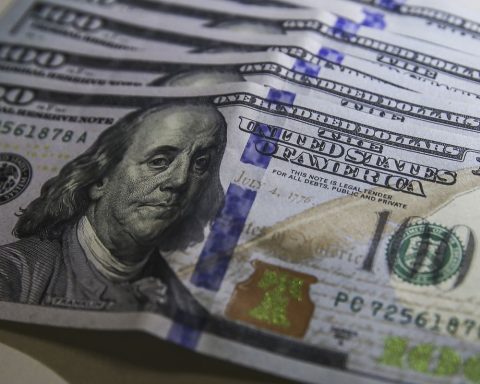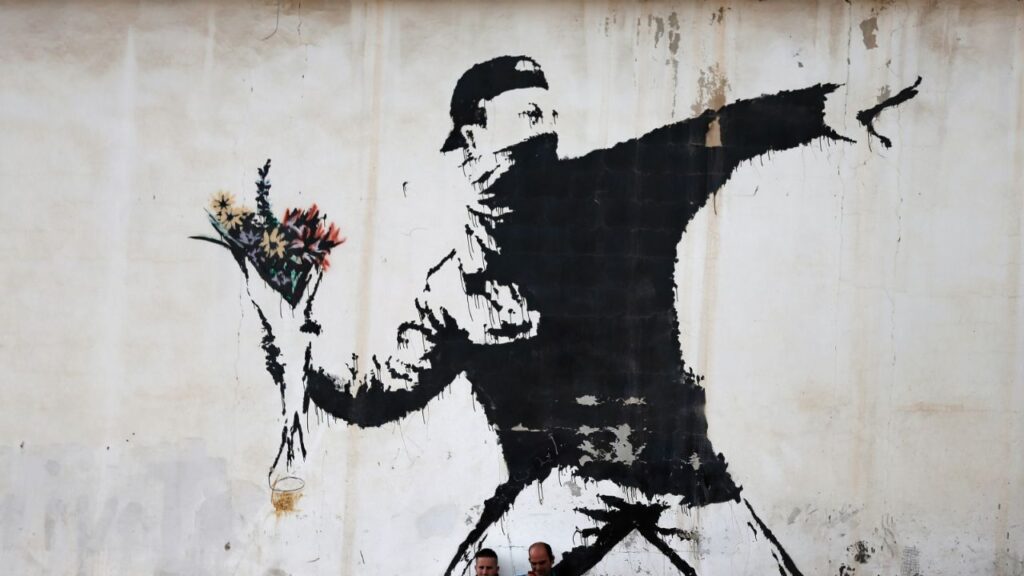The District Household Sample Survey (Pnad do DF), released today (9) by the Federal District Planning Company (Codeplan), presented the socioeconomic profile of the federal capital in 2021, based on data obtained from all administrative regions.
The highest percentage of the economically active population (aged 14 years and over) was seen in the lower class, comprising 60.7% of this group. In the other groups, the percentage was always close to 58%.
The average age of the inhabitants of these households ranged from 30.6 years (low-income households) to 37.6 years (high-income households). Upper-middle and lower-middle income households had a mean age of 36.4 years and 33.6 years, respectively.
population and sample
The population of the Federal District is estimated at 3,010,881 people, according to Codeplan. Most of them (989,578) are from the lower middle class, followed by the lower class (852,217); upper middle class (624,654); and upper class (544,432).
The sample, which served as the basis for the 2021 survey, was carried out in 30,888 households. Most were high-income households (11,501 households, which had an average household income of R$14,753.85). The sample of low-income households was 7,563 (these have an average household income of R$2,644.96).
The upper-middle income sample covers 7,580 households. This group has an average household income of R$ 6,517.82. The sample of lower-middle income households covered 4,244 households with an average income of R$2,644.96.
In July 2021, the average gross monthly income from the main job of a high-income household was R$8,237. The average for low-income groups was R$1,757. In the case of upper-middle and lower-middle income, they were R$3,747 and R$2,335, respectively.
Characteristics
Regarding the characteristics of the residents, most of the population of the DF is black and brown (57.4% of the total number of residents). The research also shows that the lower the household income, the greater the presence of this group: 68.1% of low-income people are black and brown, a percentage that drops to 38.8% when the cut takes into account residents who make up the upper class.
Public educational institutions are more frequented by low-income people aged between 4 and 24 (88.1%) and by the lower-middle class (80.2%). The percentage drops to 56% in the case of upper-middle income residents; and to 27.5%, among high-income individuals.
The upper class is the one that most managed to complete higher education. The average number of people aged 25 and over who have completed higher education, among those in the sample, is 36.3%. Among upper-class people, the percentage rises and is 76.9%. When the cut includes low-class residents, the percentage is only 14.4%.
A similar situation is observed in the population that has private health insurance: 75.3% of the residents who are from the upper class have access to this type of service, while only 11.8% of the low-income people use this service.
With regard to gender identity and/or sexual orientation, it is in the high-income group that, among people aged 18 and over, there are those who declare themselves as lesbian, gay, bisexual, transsexual, transvestite and intersex (LGBQTI+) . The survey reveals that 5.5% of the richest say so. In the other income groups, this percentage varies between 3% and 4.3%.
displacement
While high-income residents are the ones who most use cars to go to work (84.5%, compared to 32.8% with low incomes, use cars for this purpose), the lower class are the ones who use buses the most. for commuting to work (52.9%, a percentage that drops to 11.7% among high-income residents).
Also according to the Codeplan survey, 87.8% of residents with the highest incomes have a national driver’s license, a document in the hands of only 44.9% of low-income residents.
The travel time is longer for the lower and lower middle classes, meaning that around 36% of the residents belonging to this group take more than 45 minutes in traffic. Among upper-middle income groups, this percentage drops to 17.4%; and among high-income groups it is 7.2%.
Most upper-class residents work in the Plano Piloto (70.8%). It is also the high-income people who work and live in the same administrative region (53.5%).
services
Regular policing and tree-lined and paved streets favor areas where people with higher incomes live, and less places where people with lower incomes reside.
The same can be seen in the case of access to services such as pay-TV (accessible to 67% of high-income households and 18% of low-income households) and streaming (services online movies and music, among others), accessible to 80% of high-income households and 44.2% of low-income households.
The internet was practically universalized, being accessible to 99% of the entire population.
The regions with high income are Águas Claras, Jardim Botânico, Lago Norte, Lago Sul, Park Way, Plano Piloto and Sudoeste/Octagonal. The upper-middle income groups are Arniqueira, Candangolândia, Cruzeiro, Guará, Núcleo Bandeirante, Industry and Supply Sector, Sobradinho, Taguatinga and Vicente Pires.
The lower-middle income areas are, according to the Codeplan study, Ceilândia, Gama, Riacho Fundo, Samambaia, Santa Maria and Sobradinho II; and the low-income ones, Brazlândia, Fercal, Itapoã, Paranoá, Planaltina, Recanto das Emas, Riacho Fundo II, São Sebastião, Complementary Industry and Structural Supply Sector, Sol Nascente/Pôr do Sol and Varjão.

















